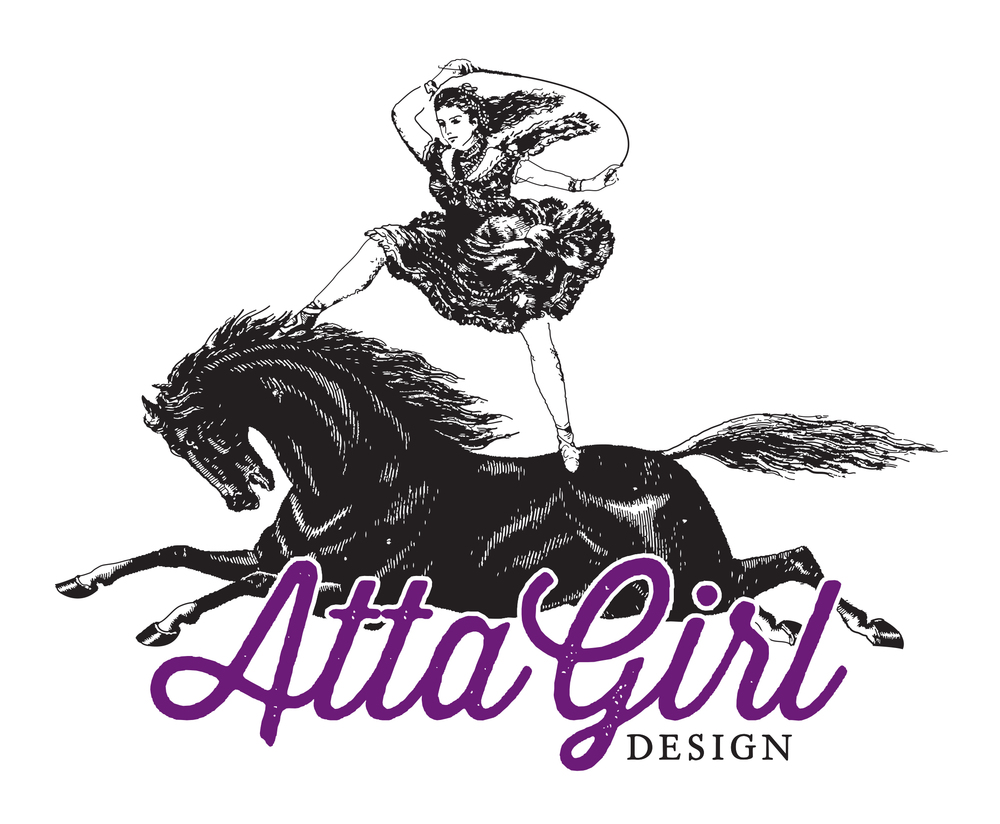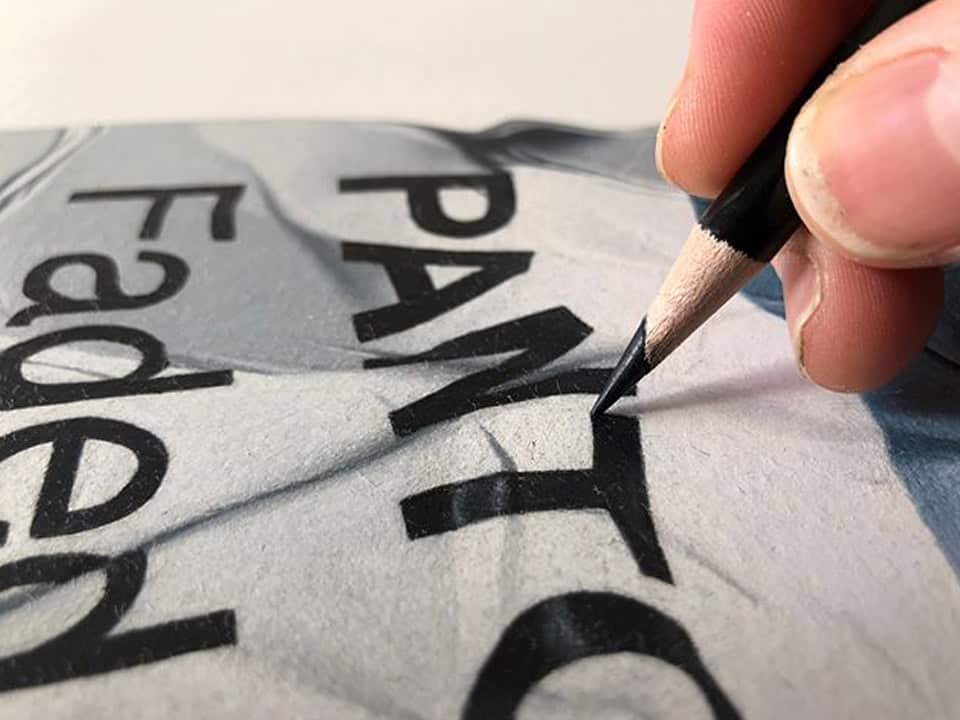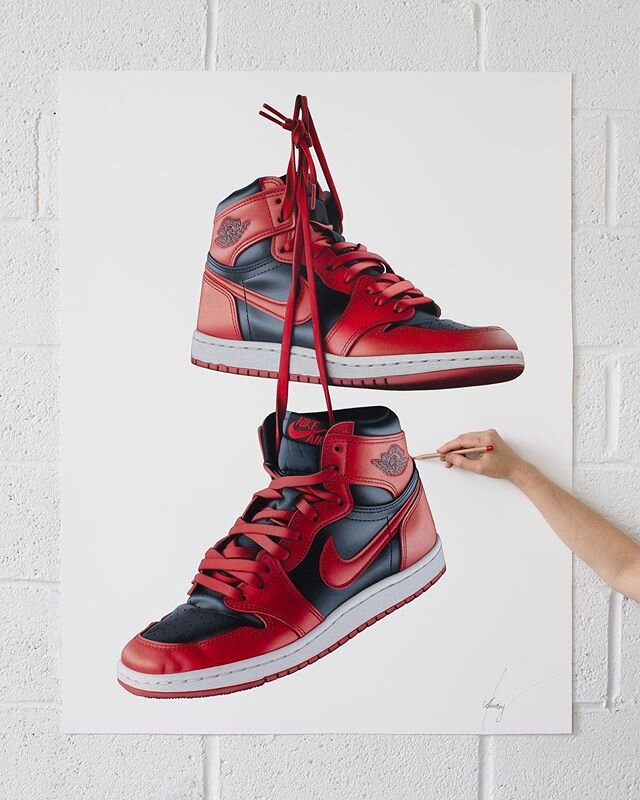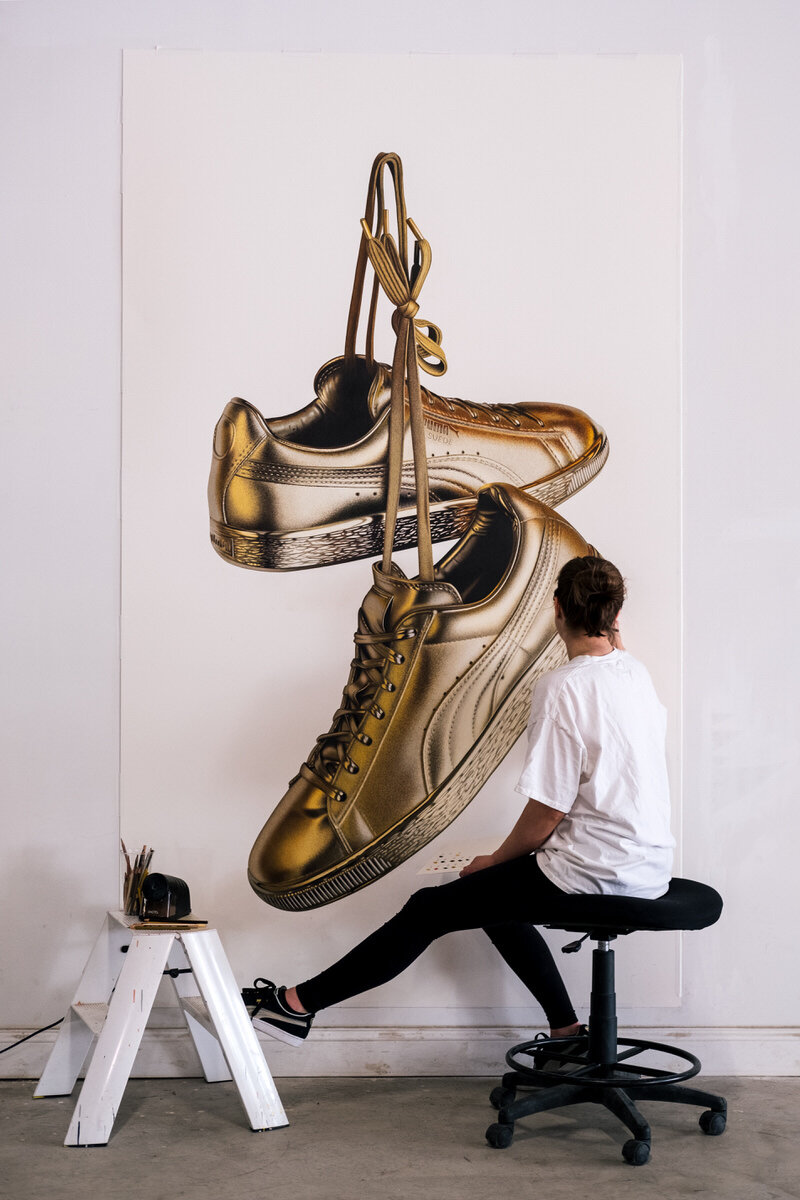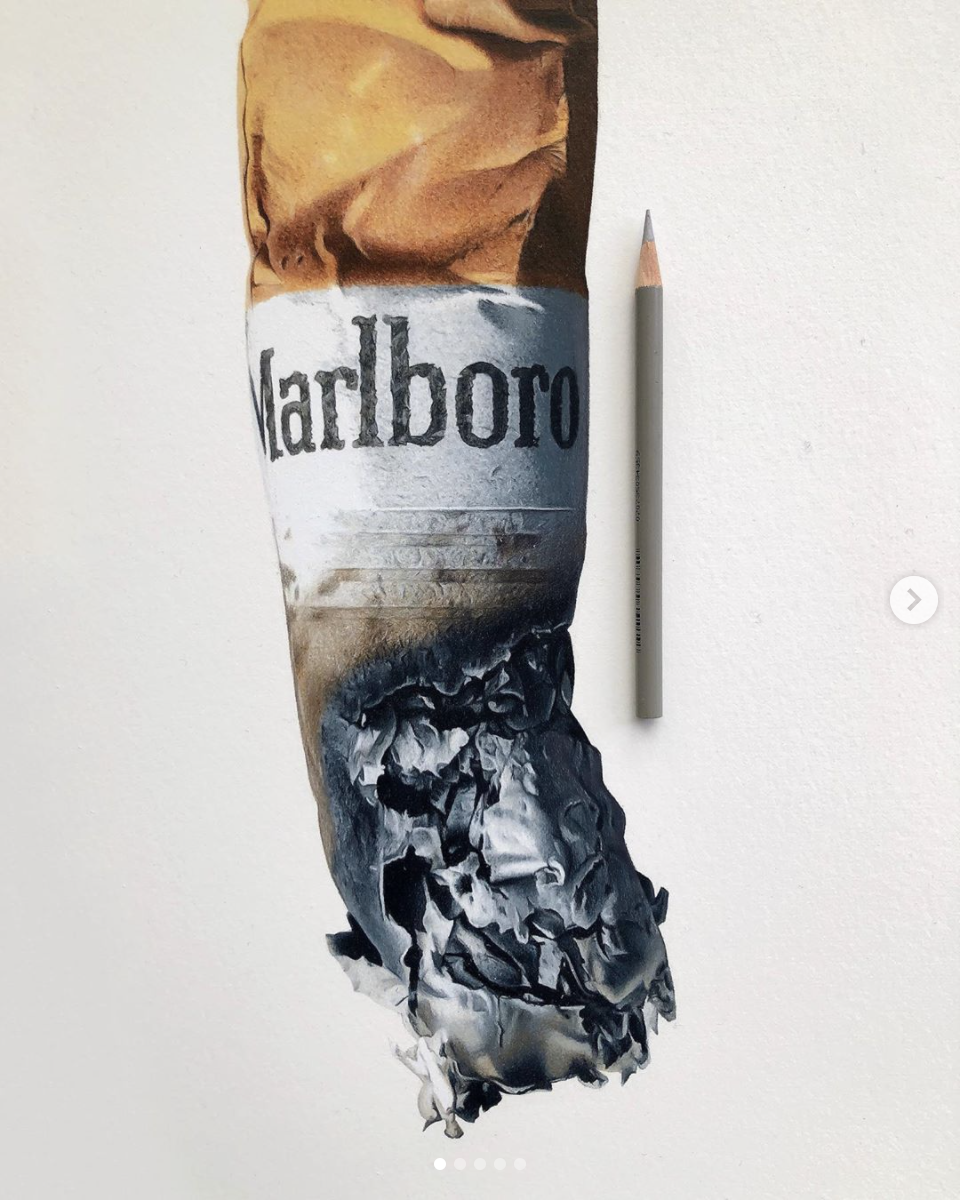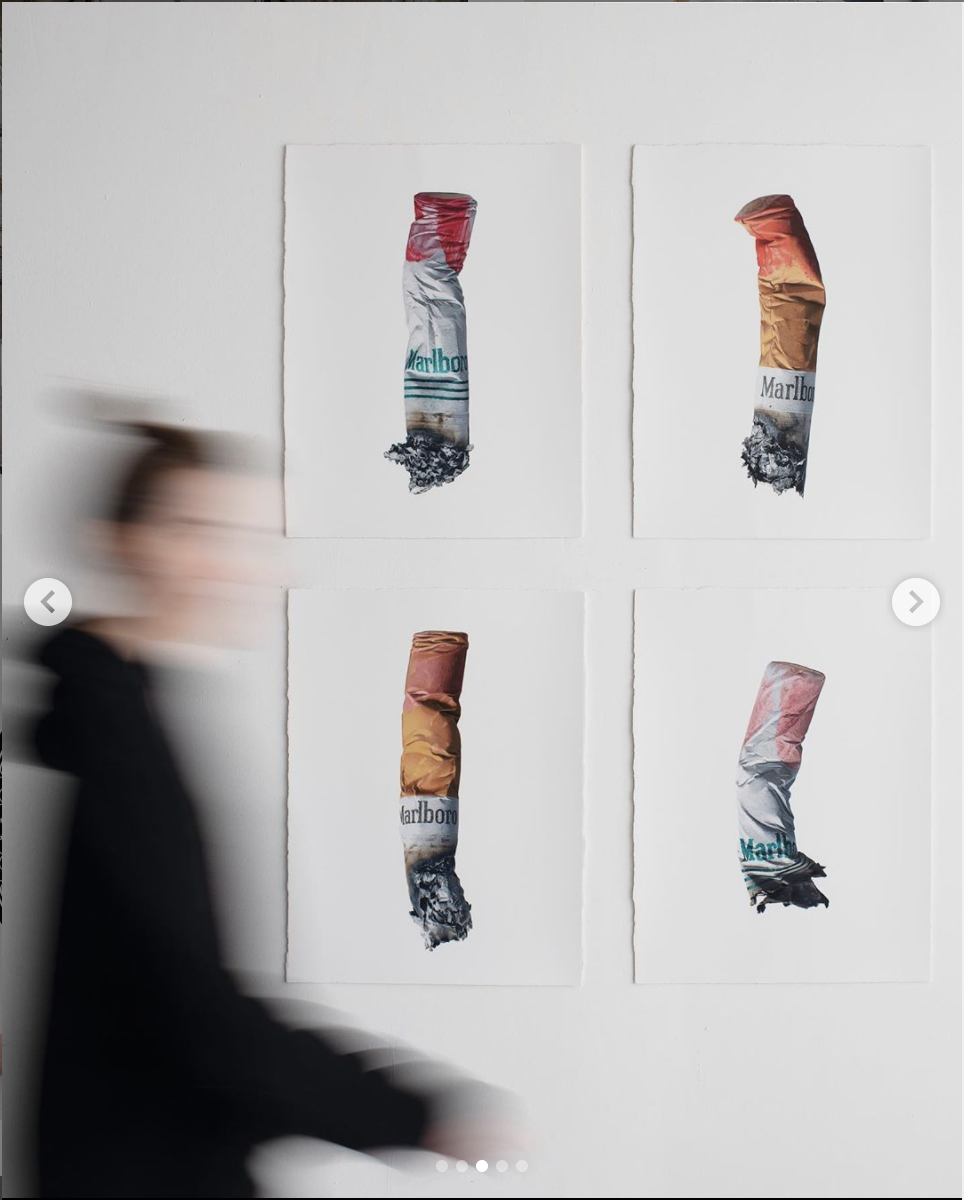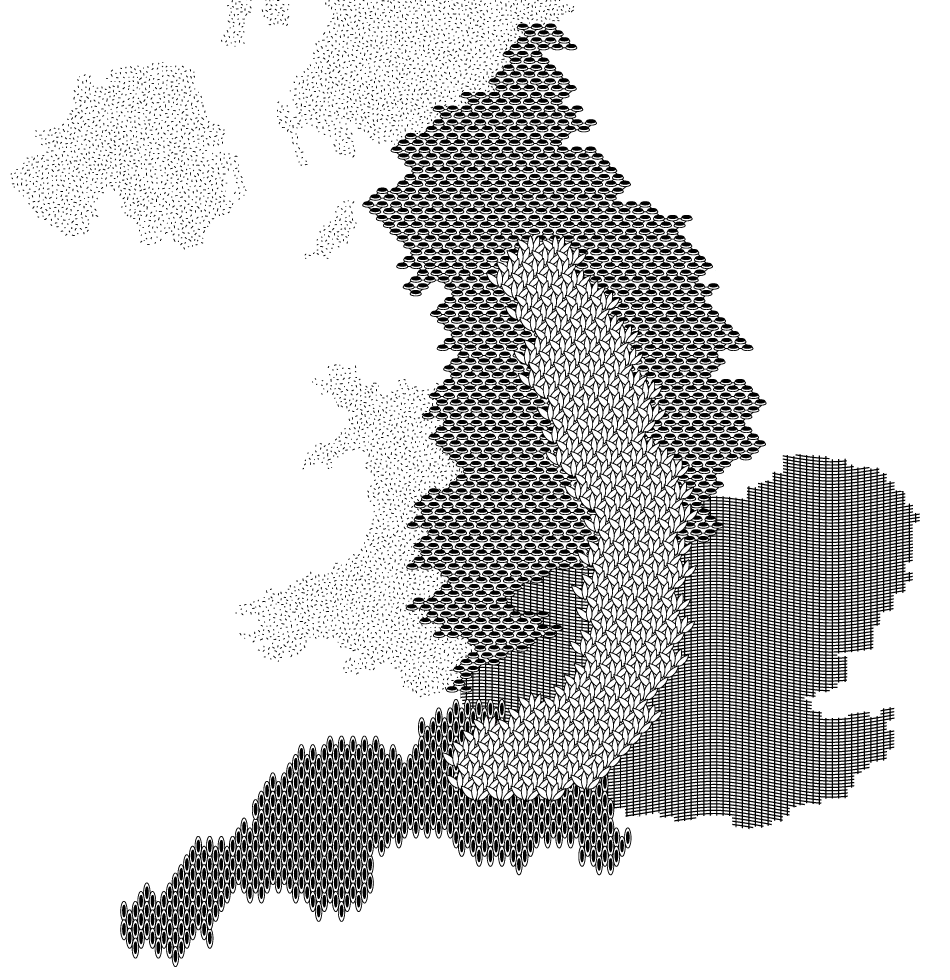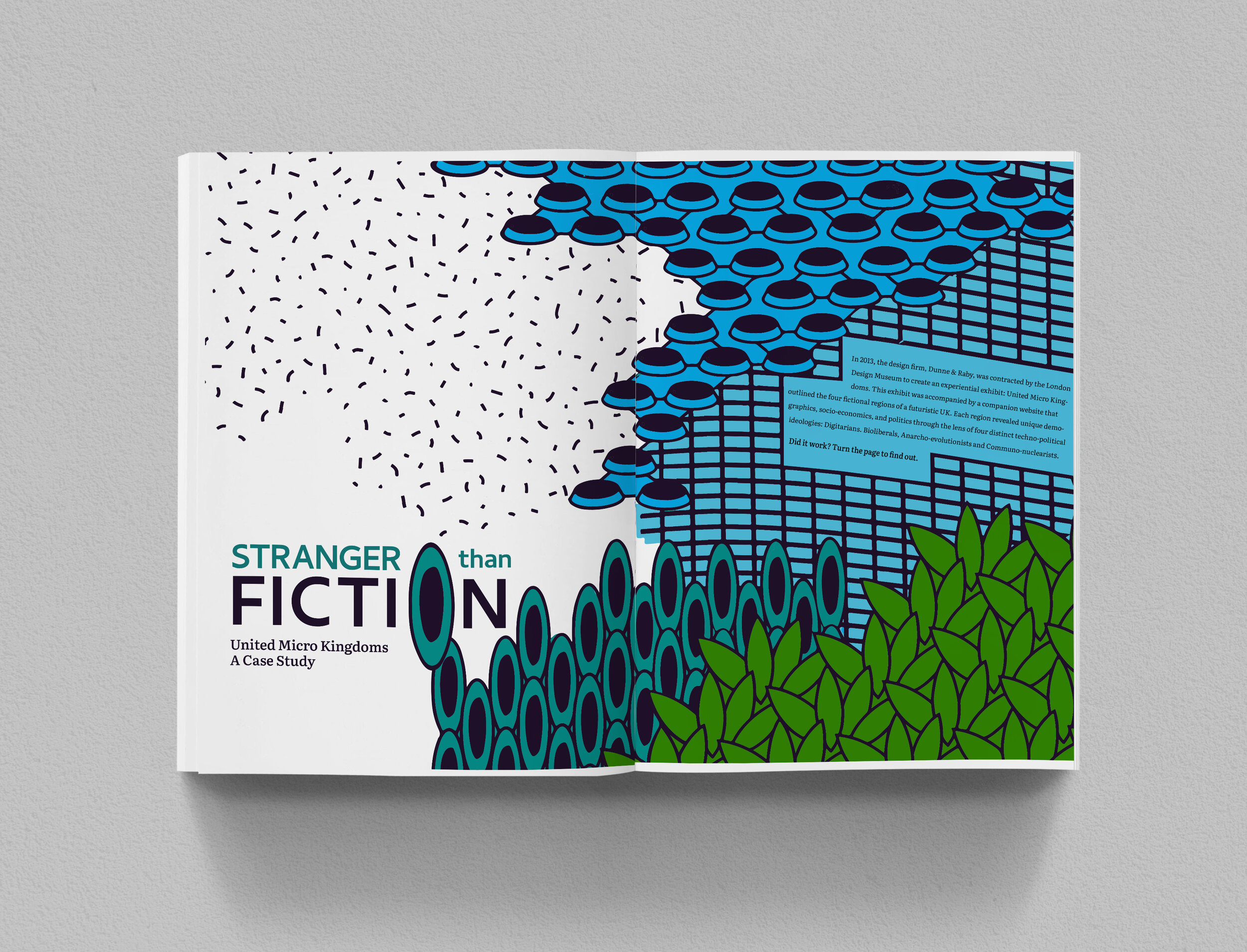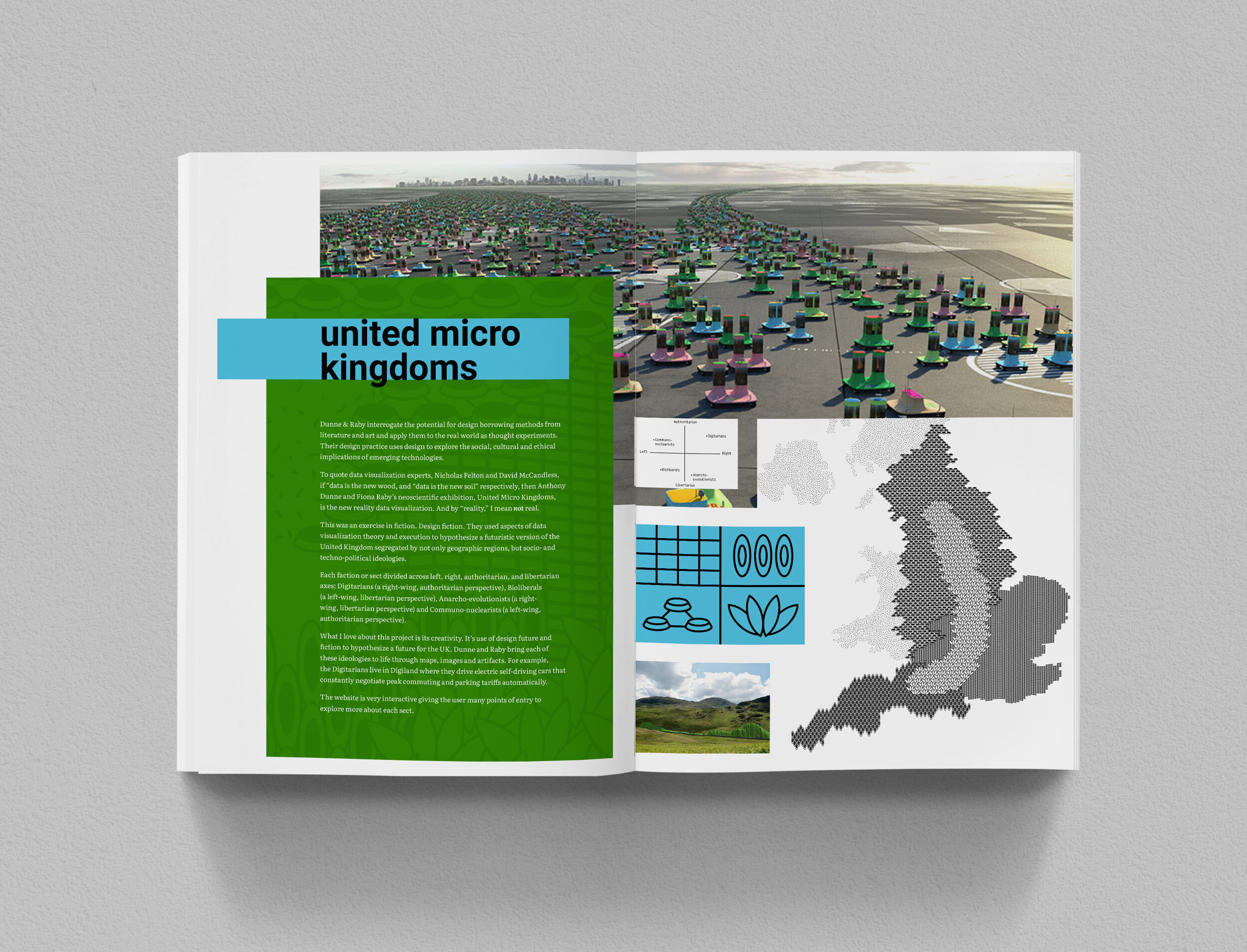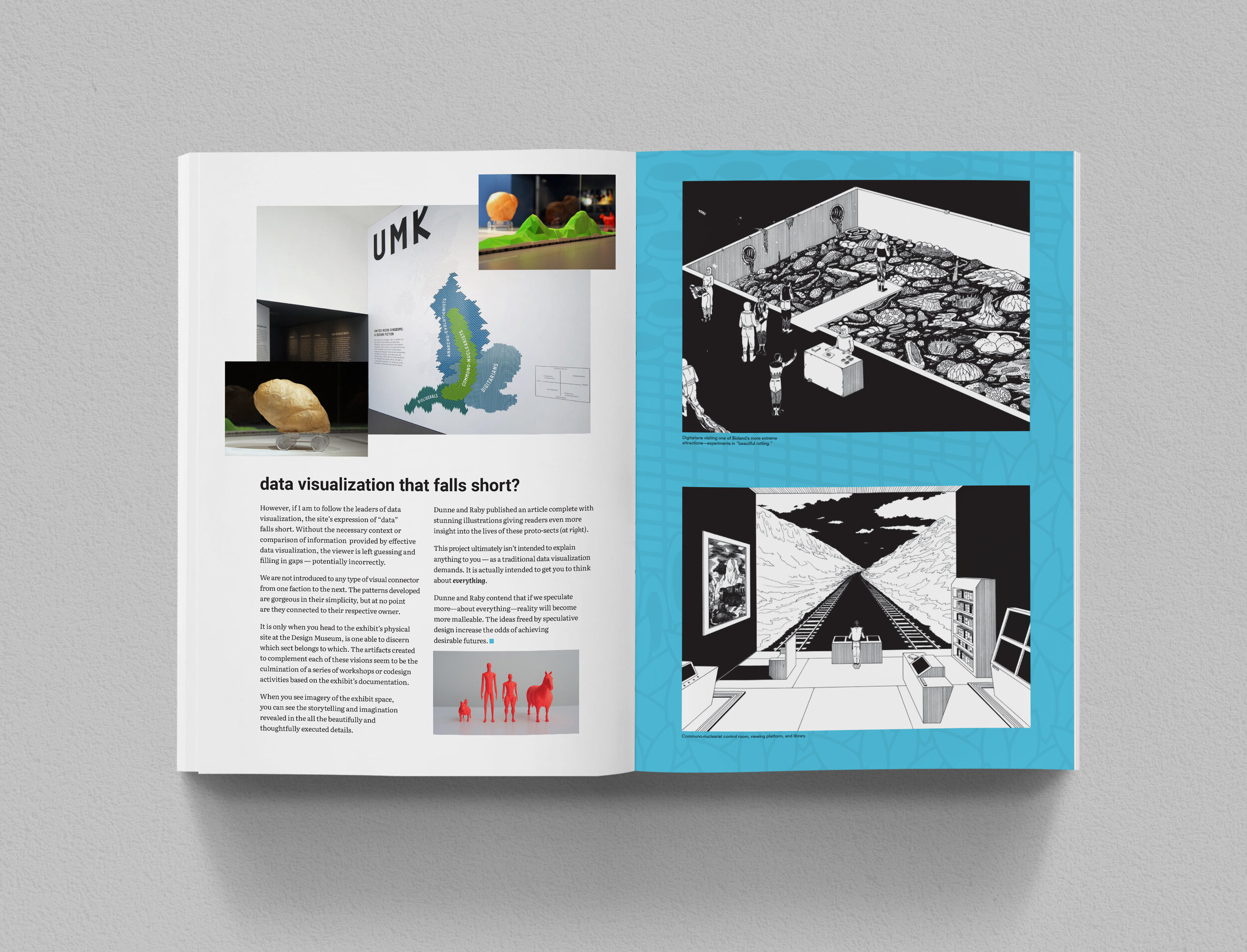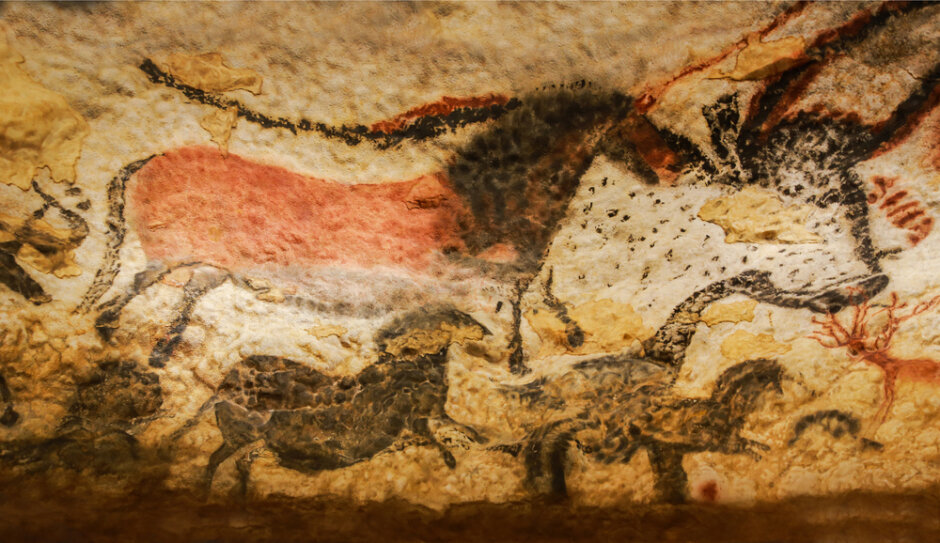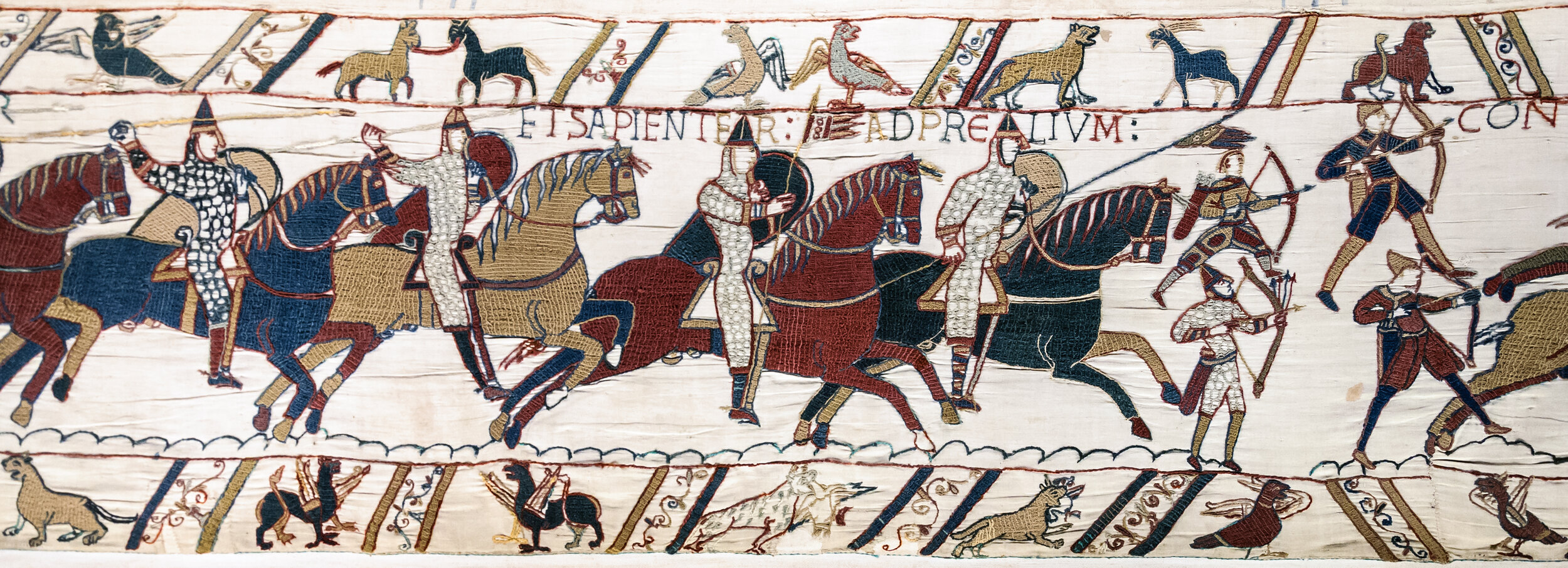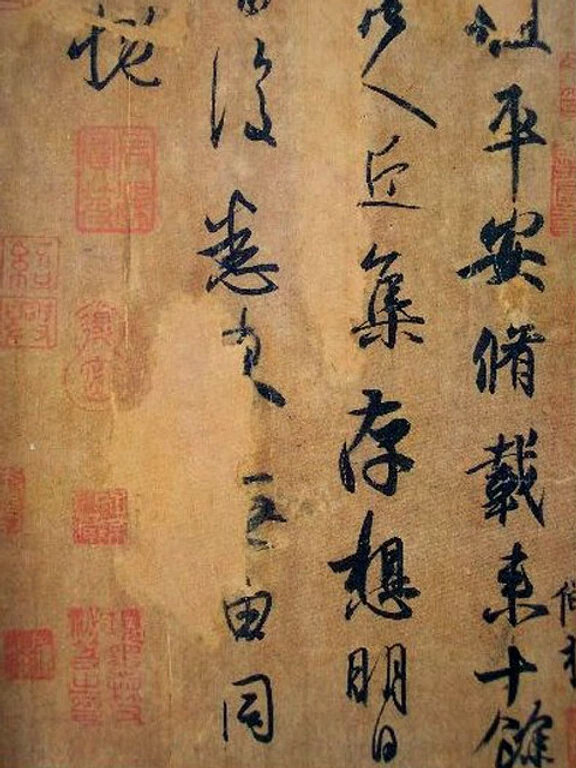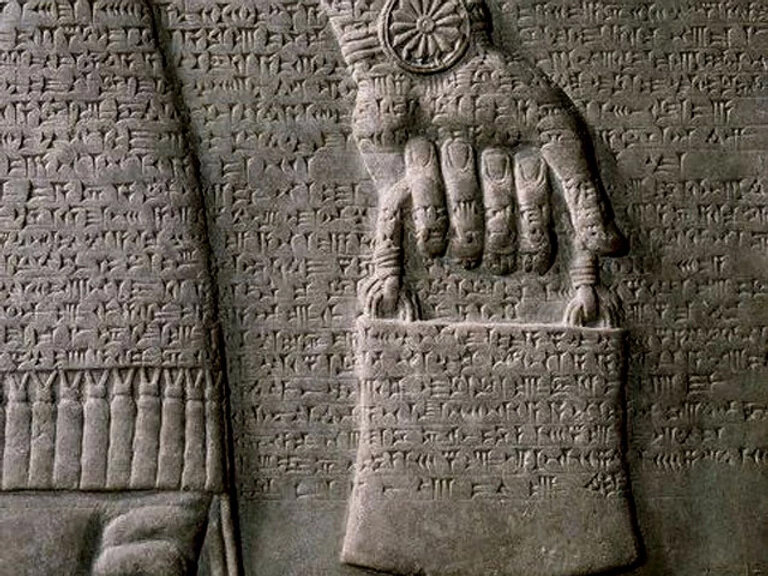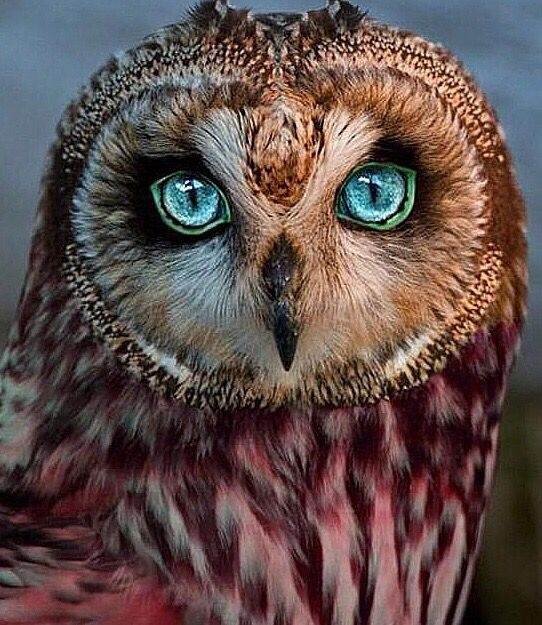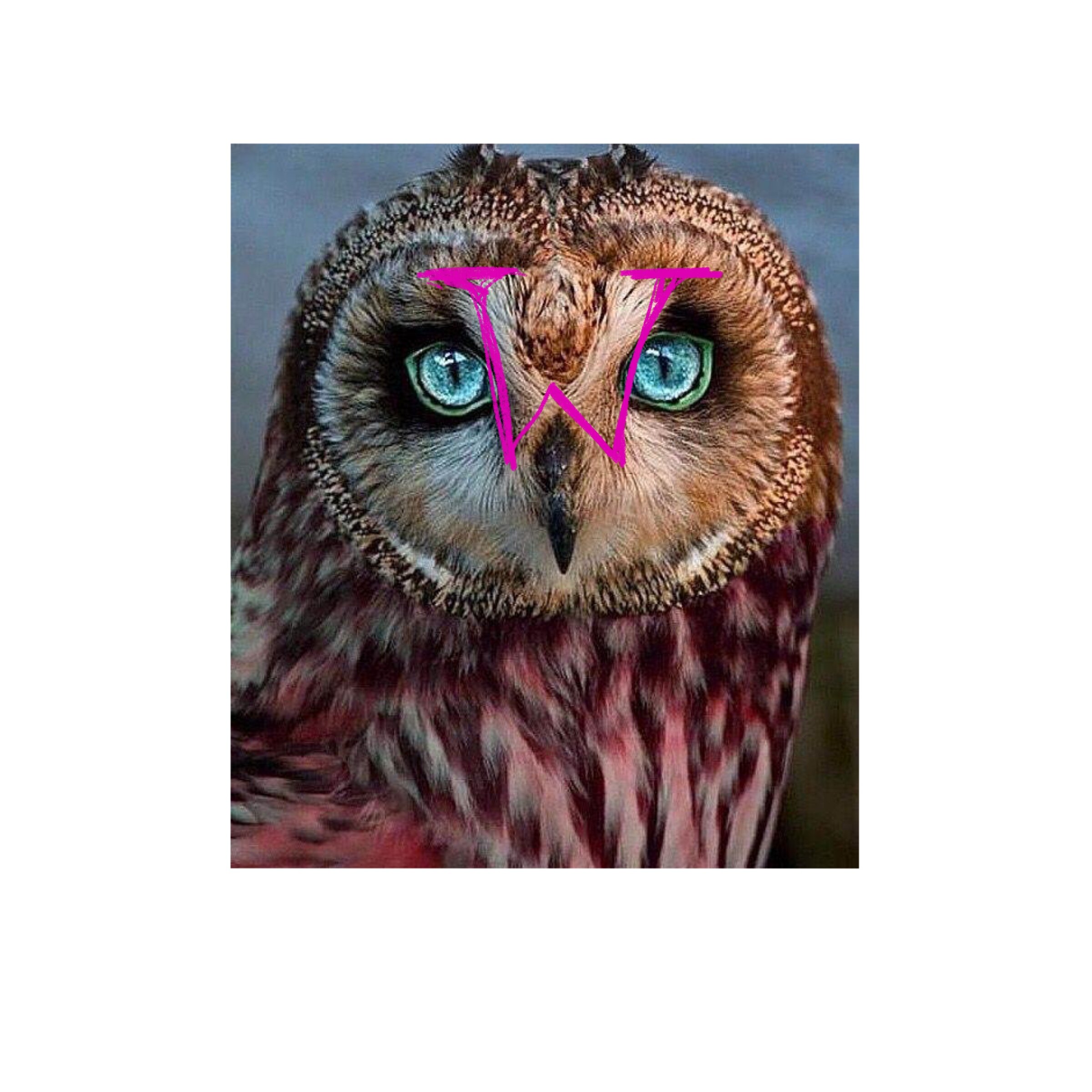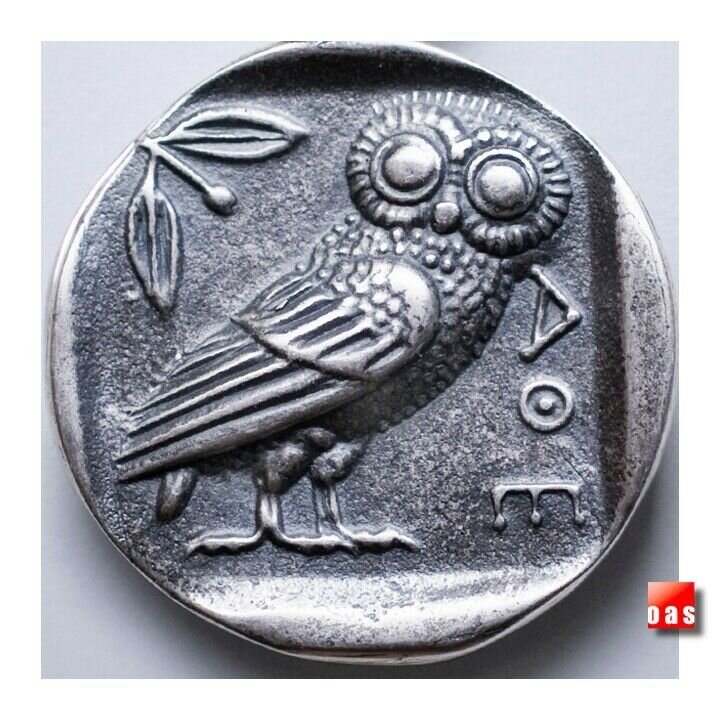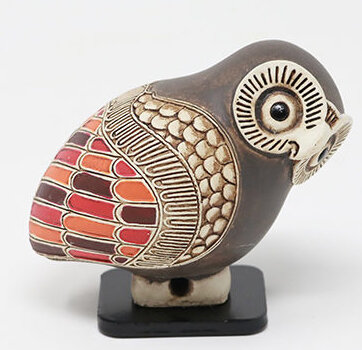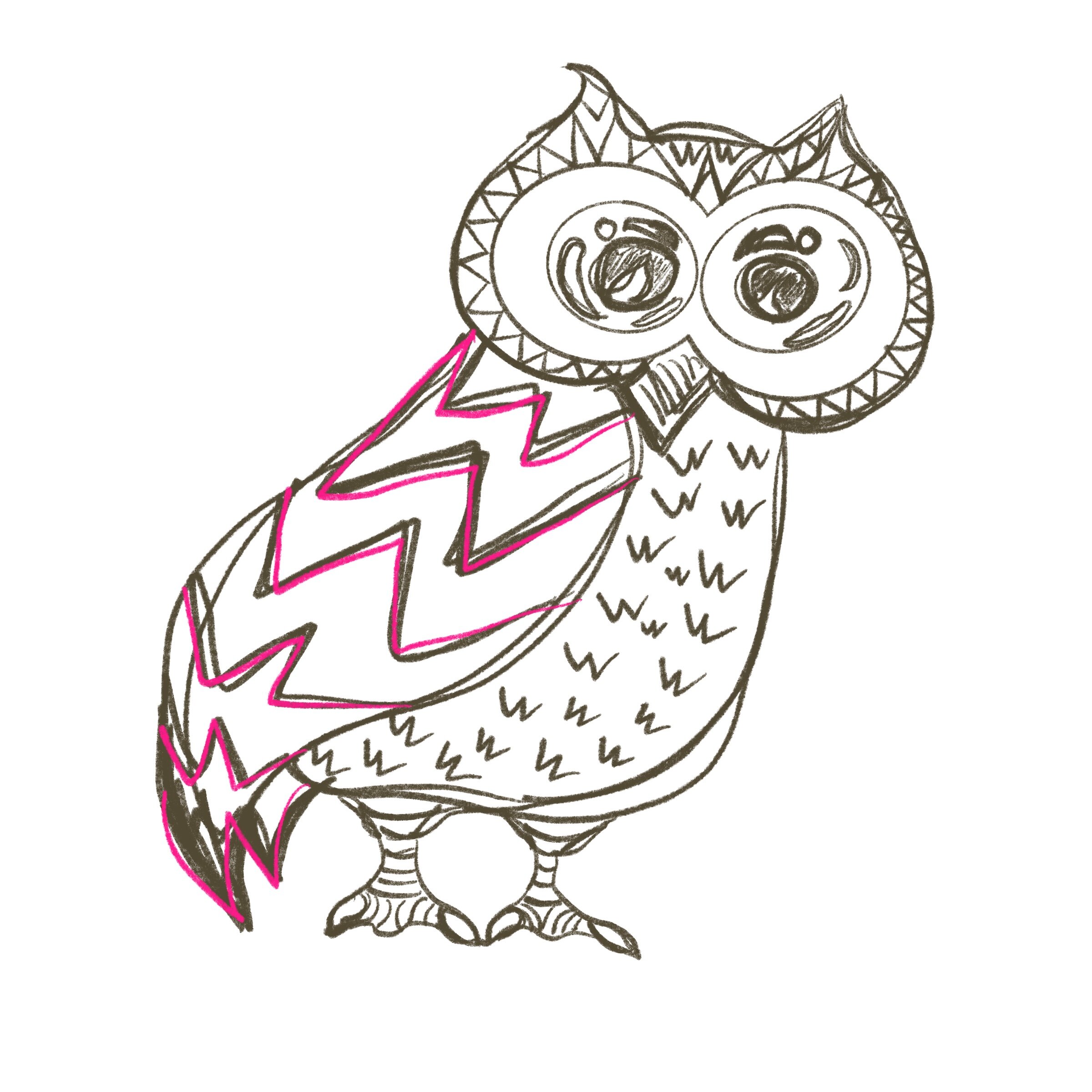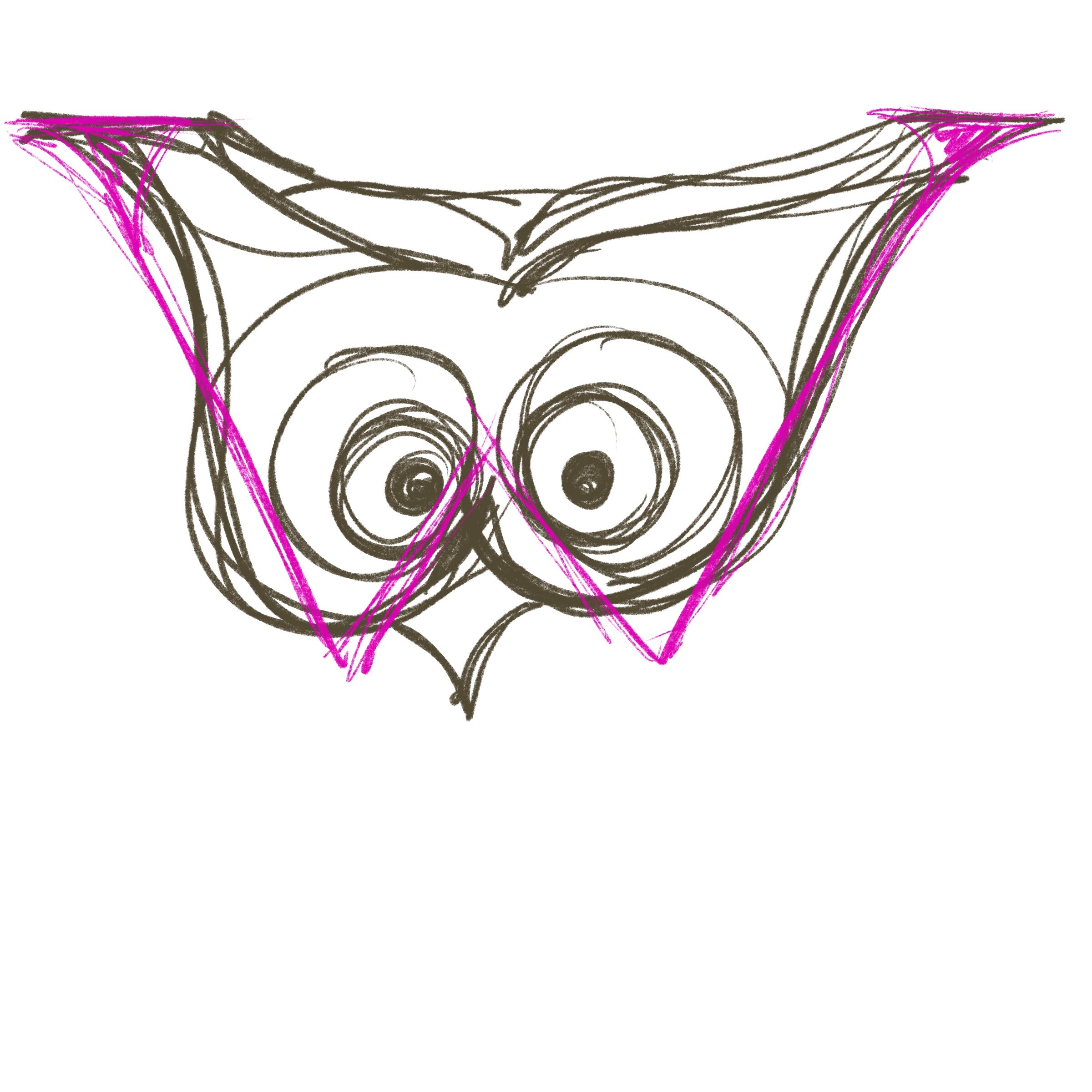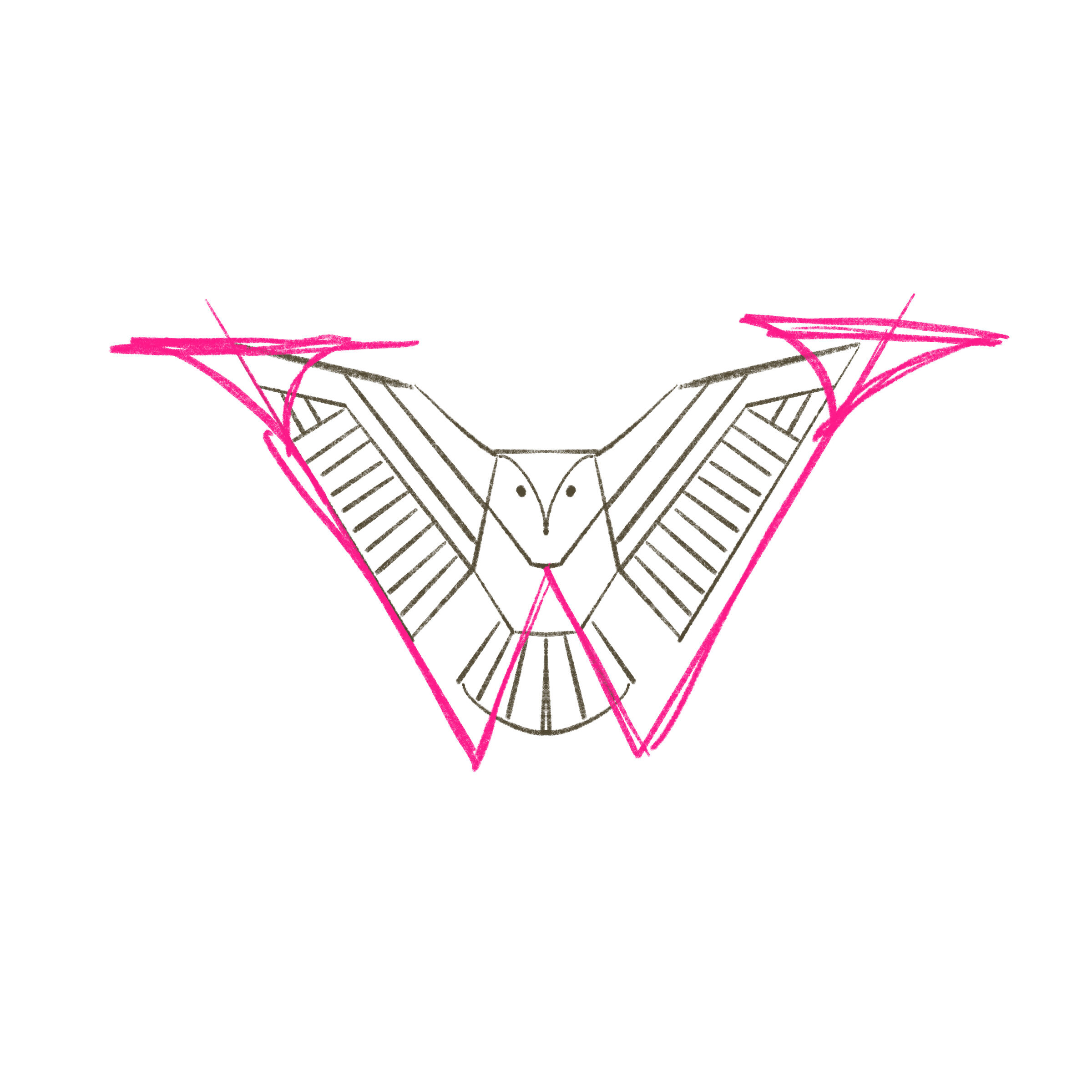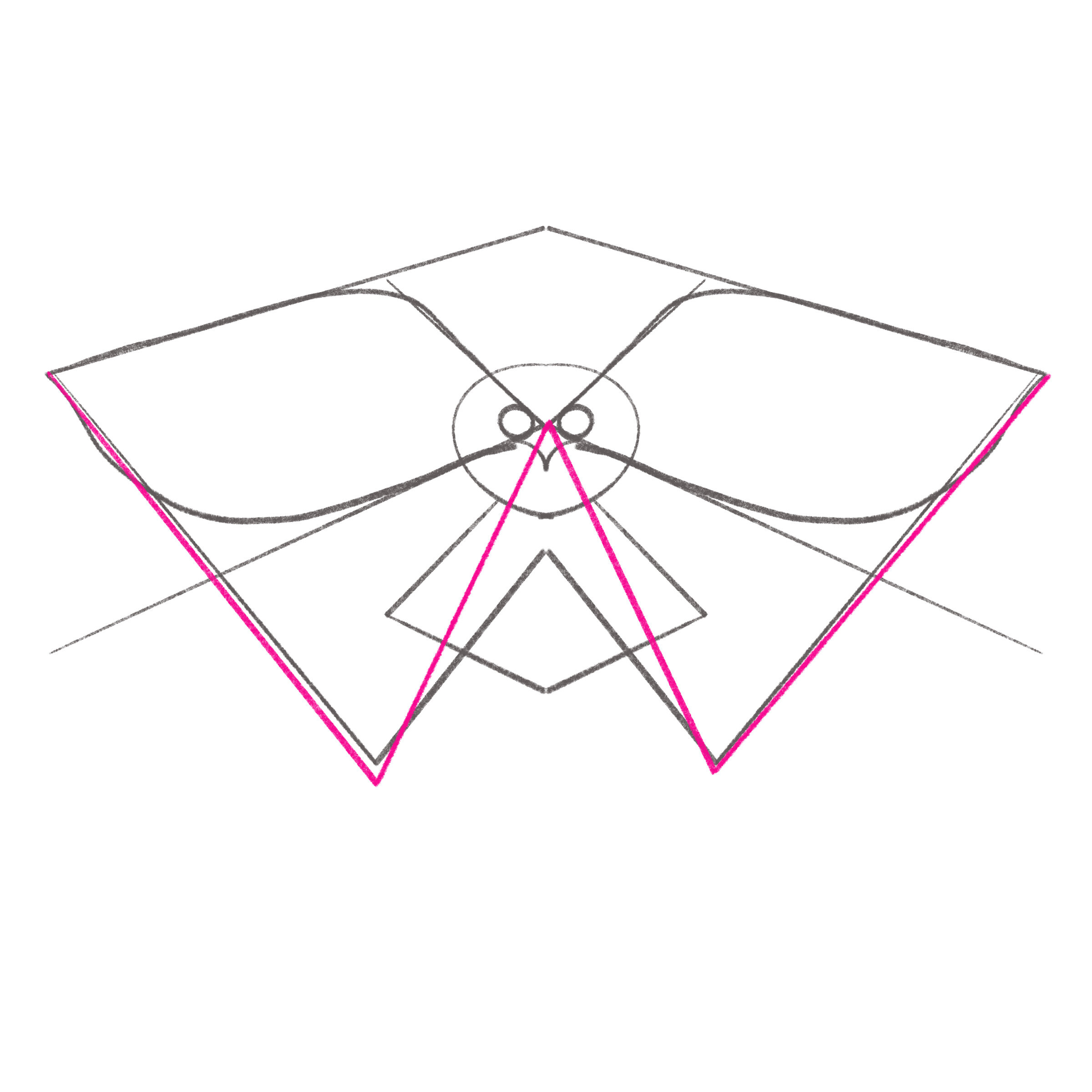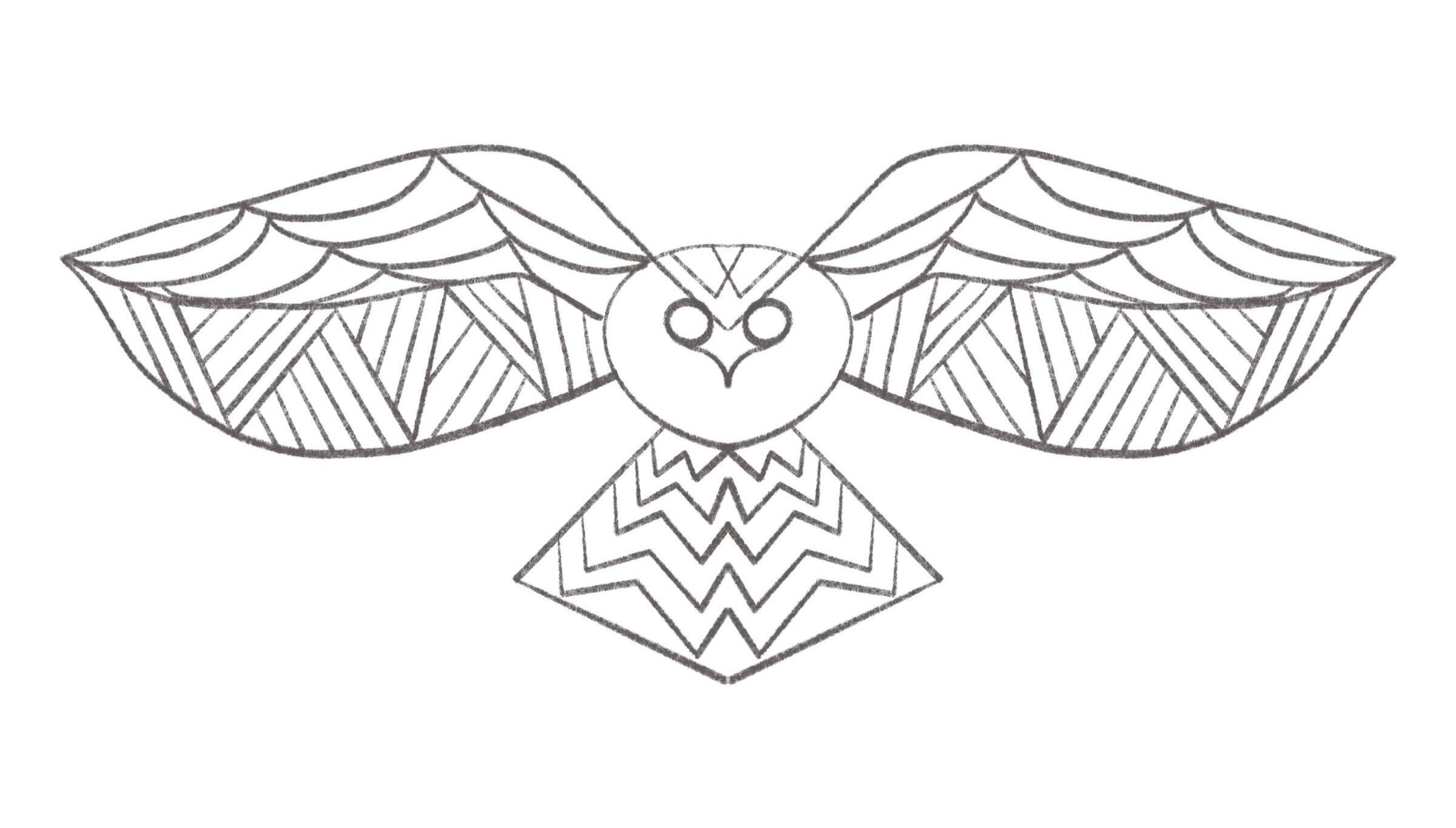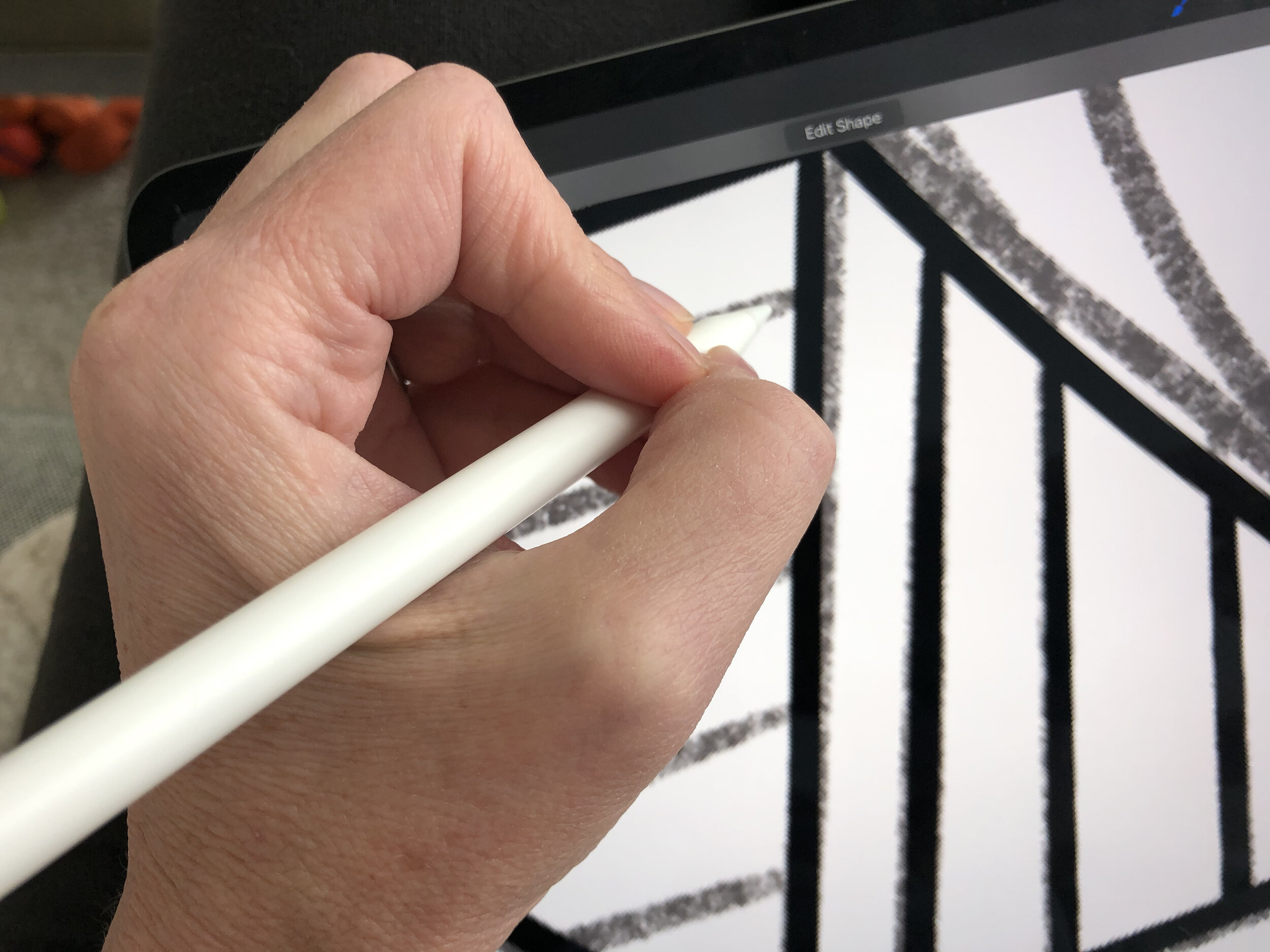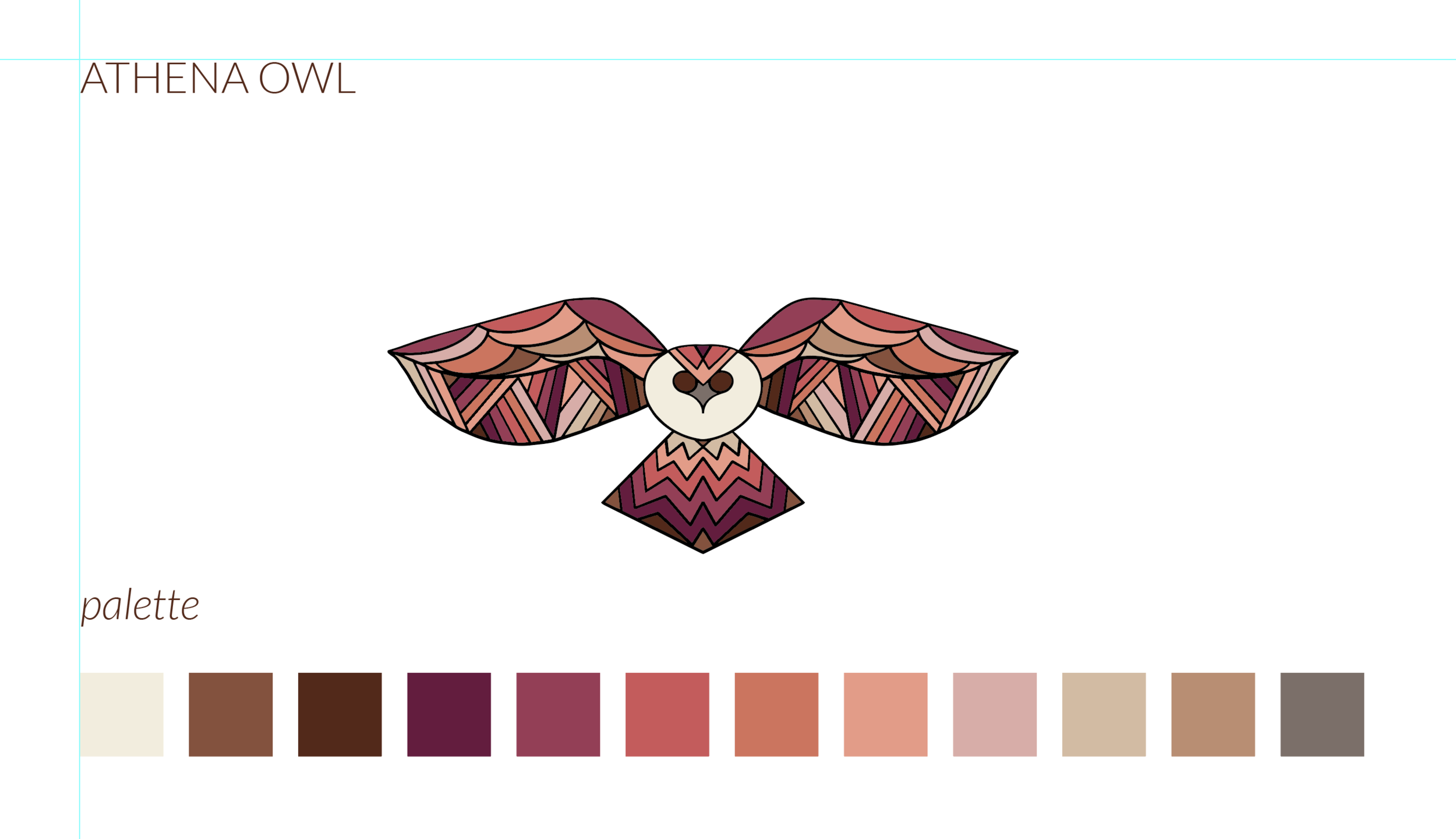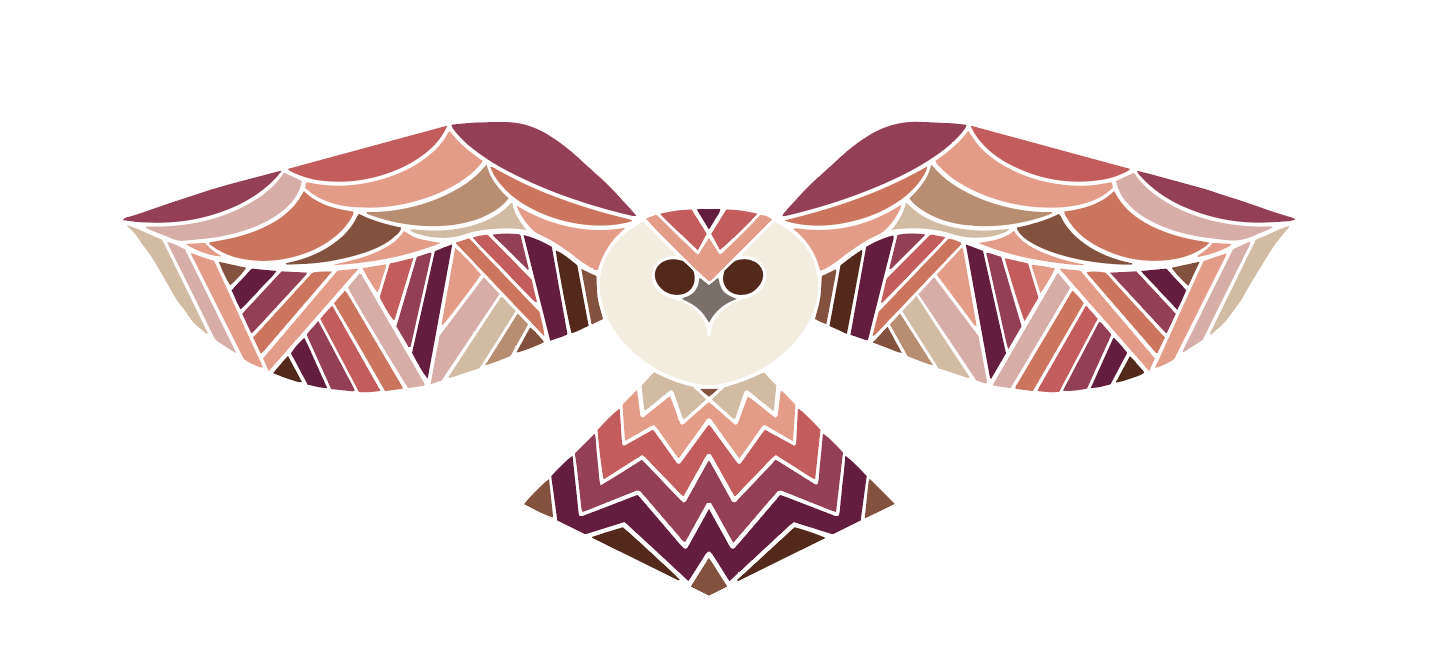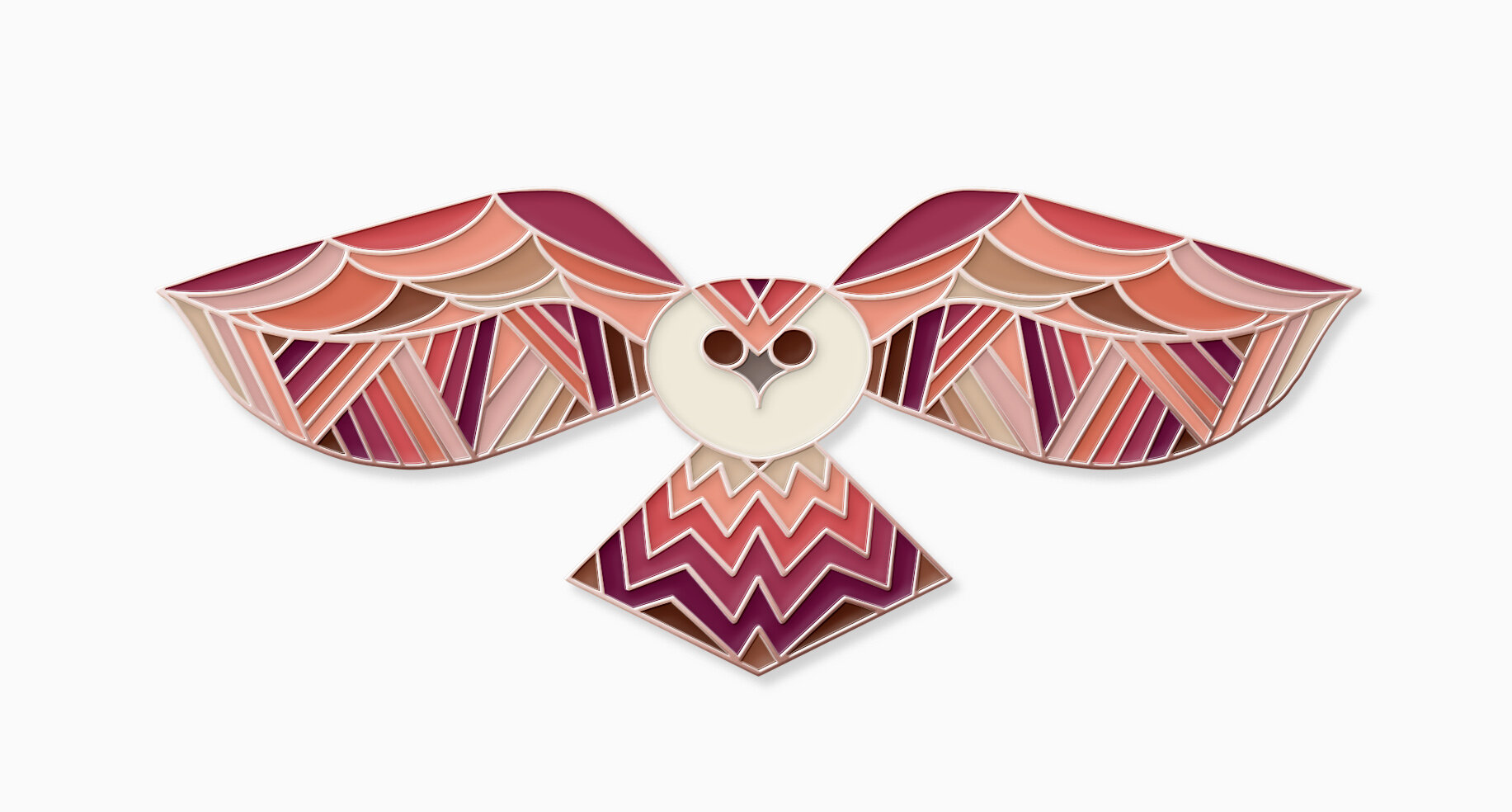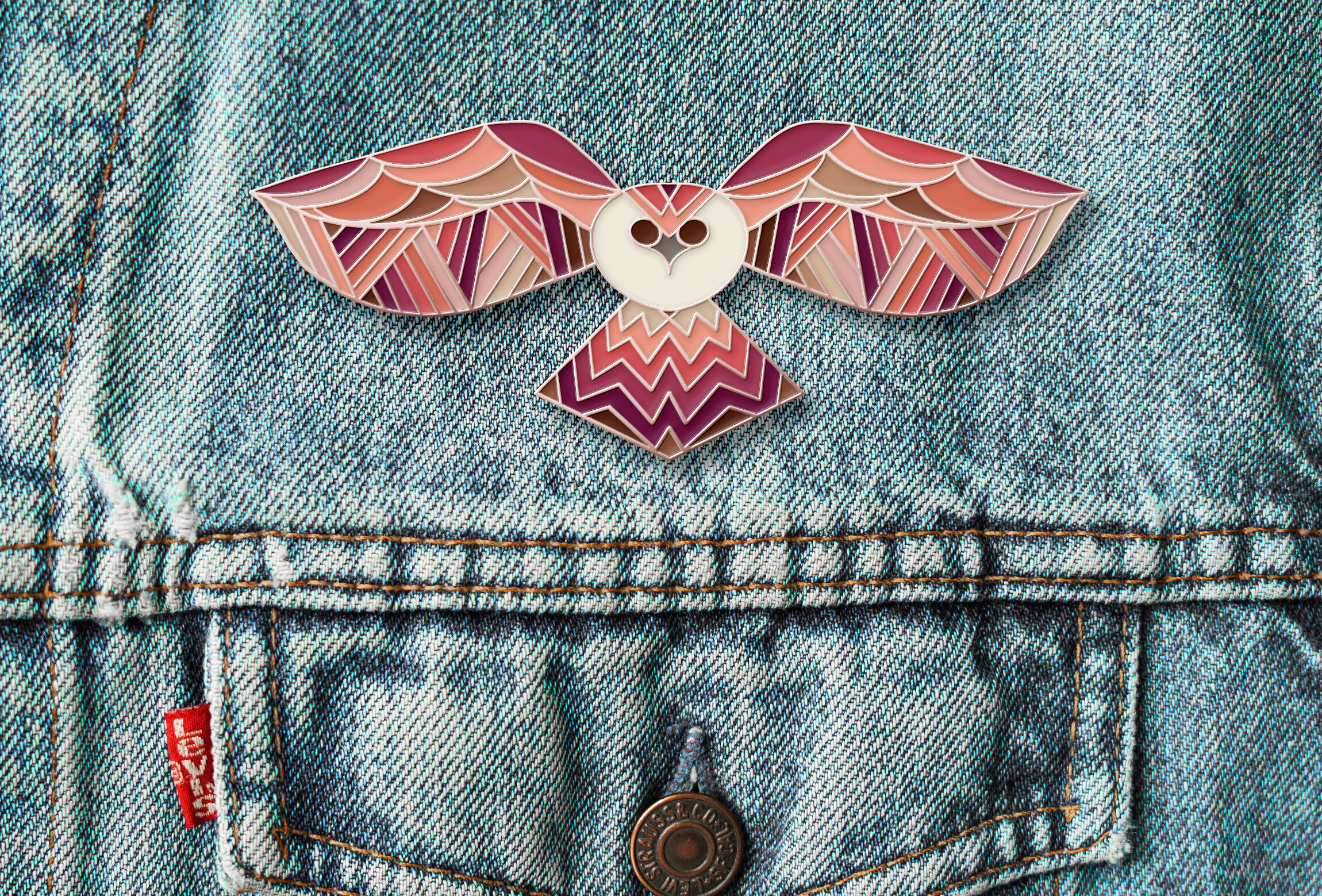Copyright Overview and Principles
This week’s lecture included a two experts in legal and intellectual property frameworks: Kevin Poulter and John Mayner. They walk us through the importance of understanding your copyright protections as well as how best to protect yourself and your work product.
RESEARCH
Both Poulter and Mayner recommend getting familiar with the intellectual property and copyrights that are most applicable for the country/countries wherein you practice. This includes doing research on behalf of any organization that you have as a client to ensure the work you create for them is not subject to challenges of ownership.
COMMUNICATION & DOCUMENTATION
It is critically important to document your ideation, concepting, and iteration of the designs produced in arriving at your final work product. Further, it’s essential that the ownership of that work product is clearly articulated in a contract or work agreement between your studio and the client. This should outline who will own the rights to the work once it’s completed, who is liable should the work come into conflict or question, and the expectations of the duration of said agreements.
TRADEMARK & COPYRIGHT
Trademark can address similarities especially amongst categories. We learned of the case study of Formula One racing’s new brand identity and a hosiery product. While the identity had similar aesthetics, the likelihood of confusion for a renowned brand such as Formula One being confused with pantyhose is highly unlikely.
Copyright in the United States includes, “ a form of protection provided by the laws of the United States for "original works of authorship", including literary, dramatic, musical, architectural, cartographic, choreographic, pantomimic, pictorial, graphic, sculptural, and audiovisual creations. "Copyright" literally means the right to copy but has come to mean that body of exclusive rights granted by law to copyright owners for protection of their work. Copyright protection does not extend to any idea, procedure, process, system, title, principle, or discovery. Similarly, names, titles, short phrases, slogans, familiar symbols, mere variations of typographic ornamentation, lettering, coloring, and listings of contents or ingredients are not subject to copyright.”
DAVID VS. GOLIATH
One of the more disheartening aspects of this week’s lecture centered in on an independent illustrator and studio owner, Bassen & Kurtz and how their original works had been repeated ripped off by large fast-fashion house, Zara. The sentiment implied by the legal experts in this lecture made it seam that the onus is on the artist to prove their works have been violated with regard to copyright. Knowing this, larger brands can take full advantage of smaller outfits just by the sheer fact that they can afford to take the little guy on in the courts, whereas the reverse is often unlikely possible.
What was inspiring was learning about several small studios and artists banding together to create campaigns via social media platforms to call out these greedy Goliaths and hamper their abilities to quite literally steal the art of original artists for their own profit.
REFERENCE:
Alderson, Rob (2015), ‘Tokyo Olympics Logo embroiled in Plagiarism Row (Links to an external site.)’, The Guardian [online], 30 July. [Accessed 28 March 2019]
Copyright Definitions. (n.d.). Retrieved July 11, 2020, from https://www.copyright.gov/help/faq/definitions.html
Jacob, R., Alexander, D., Lane, L. (2003) A Guidebook to Intellectual property: patents, trade-marks, copyright and designs. London: Sweet and Maxwell.
Falmouth University (2020). Copyright Overview and Principles | Lecture. Studio and Entrepreneurship GDE730 20/21 Part-Time Study Block S2 (Falmouth, UK: Falmouth University)
Kevin Poulter https://twitter.com/kevinpoulter
